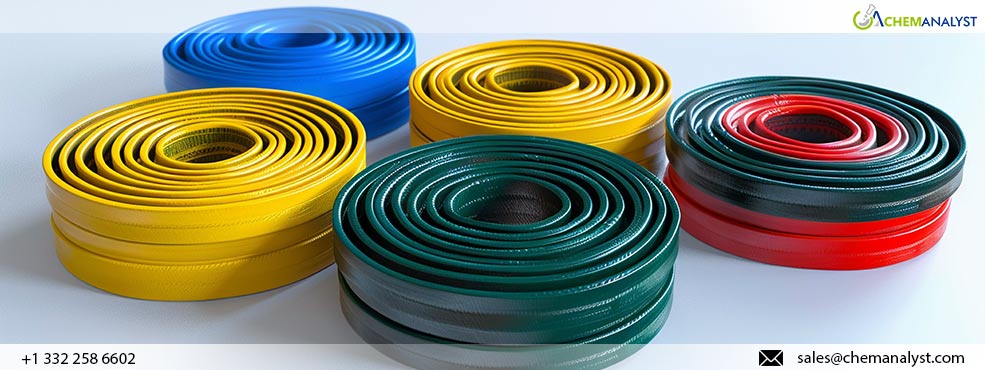US and Asian SBR Market Picks Up the Pace, Contradicts with Europe as September Ends
- 24-Sep-2024 3:52 PM
- Journalist: Robert Hume
With the September draws to a close, the global Styrene-Butadiene Rubber (SBR) market continues to show positive momentum, largely fuelled by rising feedstock costs and stable downstream demand. Butadiene, a key raw material in SBR production, has experienced a significant price increase, driving up manufacturing costs. Styrene prices have seen minor fluctuations, but the steady demand for SBR has helped minimize their impact. Despite these price movements, SBR production remains constrained, resulting in tight supply and sustained high prices.
Stable tire production, a major downstream sector for SBR, has played a crucial role in supporting demand in the Asian market. Domestic policies encouraging automobile consumption have provided further reinforcement, particularly as governments seek to revitalize industries recovering from pandemic-related disruptions. This policy support has led to consistent tire industry output, increasing manufacturers' demand for reliable supplies of SBR. As these market dynamics persist, SBR prices are likely to remain high due to the imbalance between limited supply and rising demand.
Analysts predict further fluctuations in SBR market performance as manufacturers face increasing raw material costs. Demand for tire materials like SBR is expected to grow, although the global market may experience regional demand variances. These changes will require manufacturers to stay agile, balancing production costs with the evolving automotive market.
In contrast, Europe’s automotive sector is grappling with significant challenges, particularly related to electric vehicles (EVs). Despite substantial investments aimed at meeting the EU’s 2050 transport decarbonization targets, automakers are encountering difficulties beyond technological innovation. The latest data from the ACEA reveals a continued decline in EV sales across Europe, signaling a broader challenge for the industry as demand fails to meet expectations.
German automakers, in particular, are feeling the strain. In response, the German government held a virtual auto summit, to address the challenges facing the industry, specifically the waning interest in EVs. Calls for government intervention have intensified as automakers across Europe, including Volkswagen, Renault, and Stellantis, produce more cars than they can sell, leaving manufacturers grappling with overproduction and stagnant sales.
Meanwhile, the U.S. economy offers a mix of positive indicators and underlying concerns. The Federal Reserve recently reduced interest rates for the first time in four years, stock markets are at record highs, and inflation is easing. Yet, public sentiment remains skeptical, with many Americans viewing the economy as weak. This disconnects between economic data and consumer confidence highlights broader financial concerns. ChemAnalyst anticipates that SBR prices in the last quarter will reflect mixed market signals, with demand strength and volume expected to fluctuate depending on regional factors.



